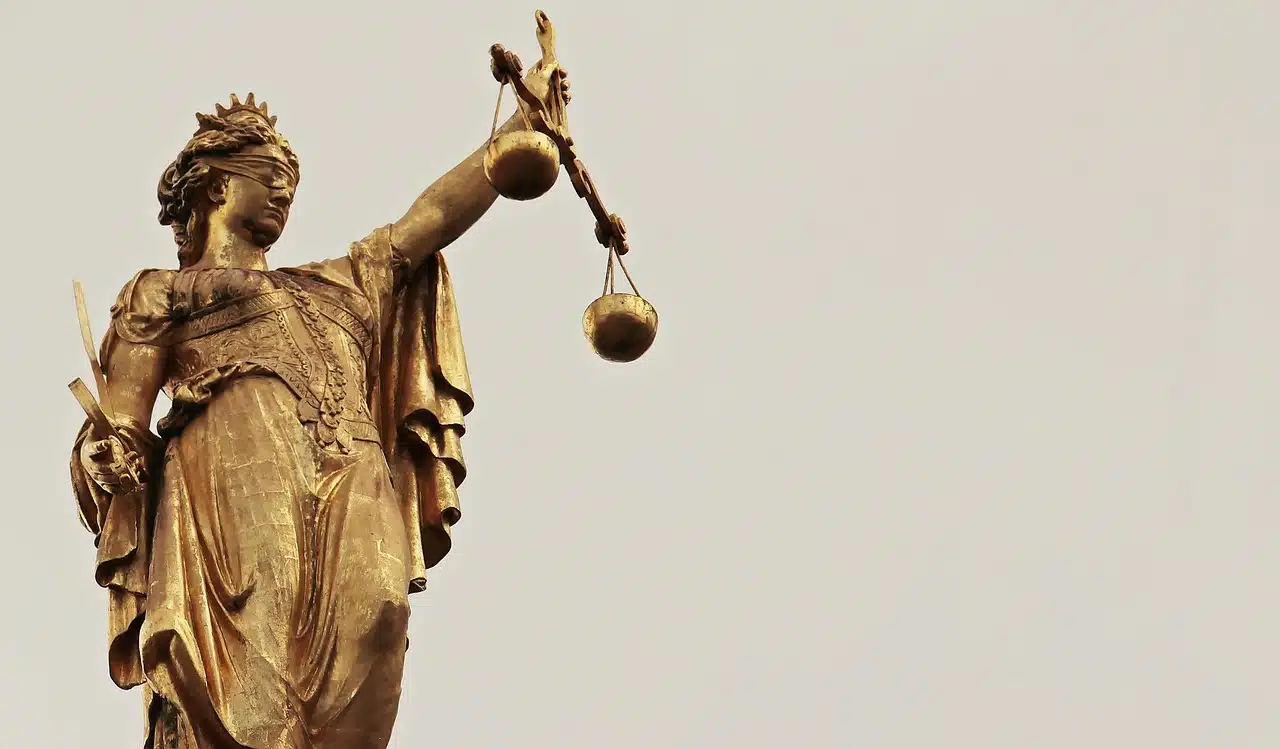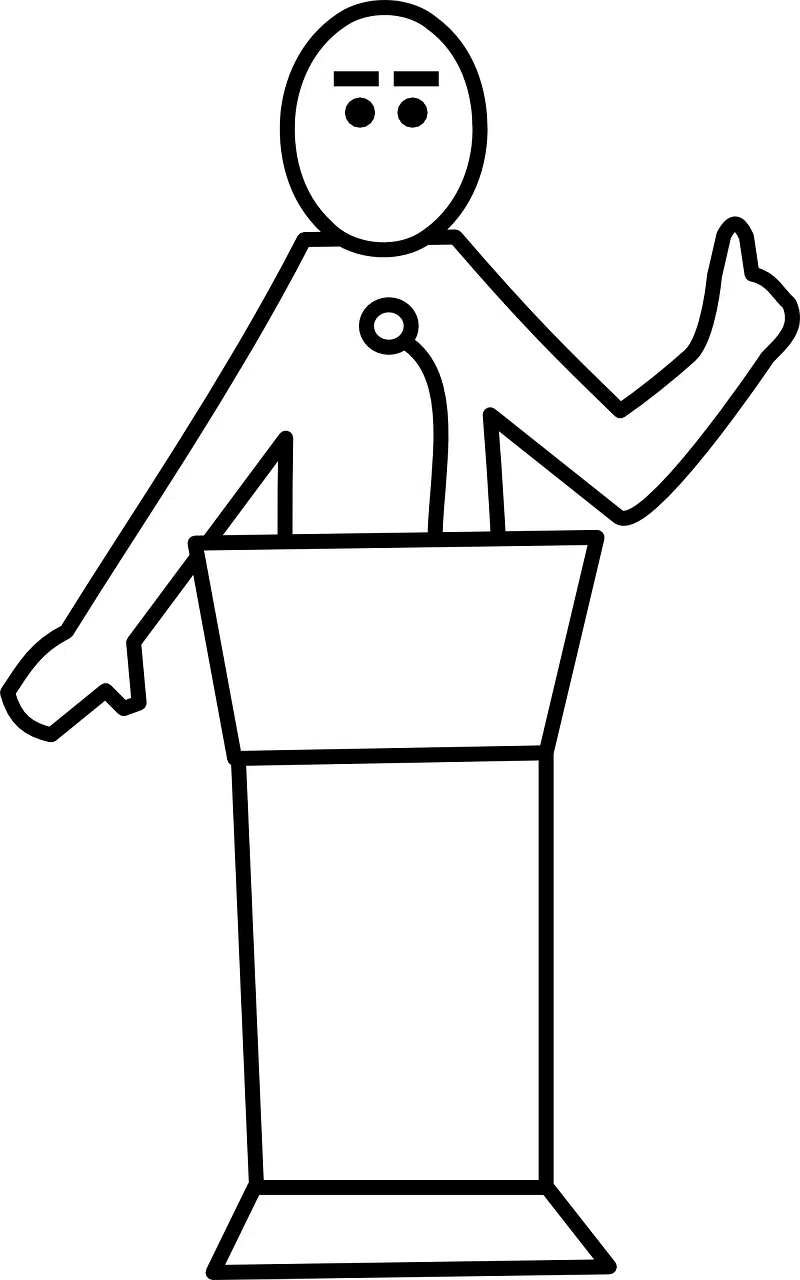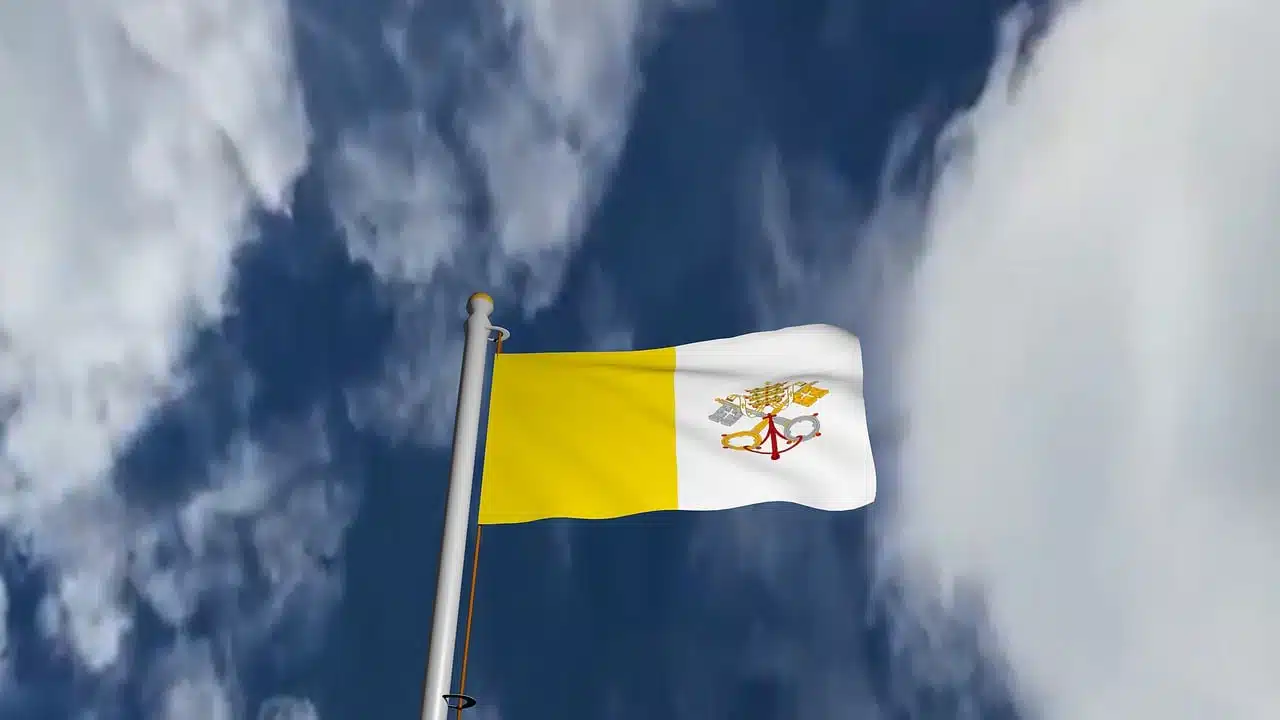
A rule of law can adopt different forms of government.
The form of government is the political system that governs a State . This is the type of regime that establishes the organization of power in a certain way.
The adoption of a certain form of government may be due to historical, religious, cultural or current issues. The established model determines how rulers are authorized to act to carry out their management.
What are the forms of government
Forms of government are ways of organizing political power . They are associated with the characteristics of the state structure and its institutions.
The Constitution , which is the supreme law of a State, indicates the form of government that governs its territory. In this way, it establishes the modality of exercise of authority .
The form of government defines the obligations and responsibilities of those in charge of public administration . It also specifies the relationships between the various state agencies.
The division of powers
The division of powers is a central concept in political science and in determining forms of government. Many States are based on the separation proposed by the philosopher Montesquieu ( 1689 – 1755 ).
According to this French thinker, there is a tendency for human beings to abuse their power until they reach a limit. Therefore, to avoid these abuses, an appropriate provision must be found that leads one power to stop another power.
Montesquieu 's theory of separation of powers is based on the simultaneous existence of three state powers where each one controls and monitors the other, preventing the predominance of any one: the legislative power (which is responsible for making laws), the executive power (dedicated to executing them) and the judiciary (in charge of interpreting the rules, which it also enforces through its rulings). Depending on the recognition and level of independence of these powers, the form of government will be of one type or another.

Authoritarianism is present in different forms of government.
Types of forms of government
Forms of government can be classified into different types. A first classification carried out by Ancient Greek philosophers such as Plato and Aristotle distinguishes between democracy (the rule of the majority or the multitude), aristocracy (the government of the oligarchy or the best) and monarchy (the government of a single person).
In these three large groups, in turn, subdivisions or branches can be recognized. Democracy , for example, can be direct (if decisions are made by the people directly), participatory (when citizens can associate to influence politics directly or there are plebiscitary-type mechanisms) or representative (people elect representatives who decide on behalf of the citizens ).
Another way to differentiate between forms of government focuses on the features of the political system. In this framework, it is possible to refer to the republic and the monarchy .
In a republic, the highest authority (the head of state or head of government) is elected by Parliament or Congress or by the inhabitants themselves for a specific period. In a monarchy, on the other hand, the head of the State is exercised by a subject who inherited the power and who can transmit it in the same way.
Different types of republics
There are different kinds of republics. Depending on the criteria considered, a form of government can be registered in more than one group.
A constitutional republic is based on the division of powers and the rule of the Constitution. If in the republican form of government the head of state lacks real executive power since this was granted to the head of government (prime minister), generally elected by Parliament, it is a parliamentary republic . The presidential republic , on the other hand, has the president voted by the people in charge of the executive power.
In a federal republic , meanwhile, the territory is divided into grouped entities that maintain a certain administrative autonomy. A State can be organized as a federal and presidential republic, to mention one possibility.
Notions such as parliamentarism , presidentialism and federalism , in short, can be associated with these forms of government.

The Vatican is a theocracy that has an absolute monarchy as its form of government.
The forms of government of the monarchy
The forms of government of the monarchy are also varied. An absolute monarchy is one in which the king holds the three powers and his authority is usually legitimized by a divine law. It is, therefore, a model of totalitarianism .
In a parliamentary monarchy , the monarch assumes the head of the State although his actions are subject to a Parliament that is responsible for the exercise of legislative power and a Government that has executive power. The constitutional monarchy also contemplates the division of powers, although the king generally controls the executive branch and has a broader margin of action.
The economic organization
The economic organization of society is linked to the form of government, although it can adapt to different structures. Capitalism , for example, can develop in both a republic ( United States ) and a monarchy ( Spain ).
Communism and socialism , in turn, contemplate the existence of a single political party that exercises power and controls the economy. That is why communist or socialist governments are usually considered dictatorships , even if they are defined as republics (like Cuba or China ).
Ideologies such as liberalism , nationalism , conservatism or fascism , likewise, can be applied in dissimilar forms of government. In fact, in a form of government administrations with a very different ideological substratum can follow one another.
